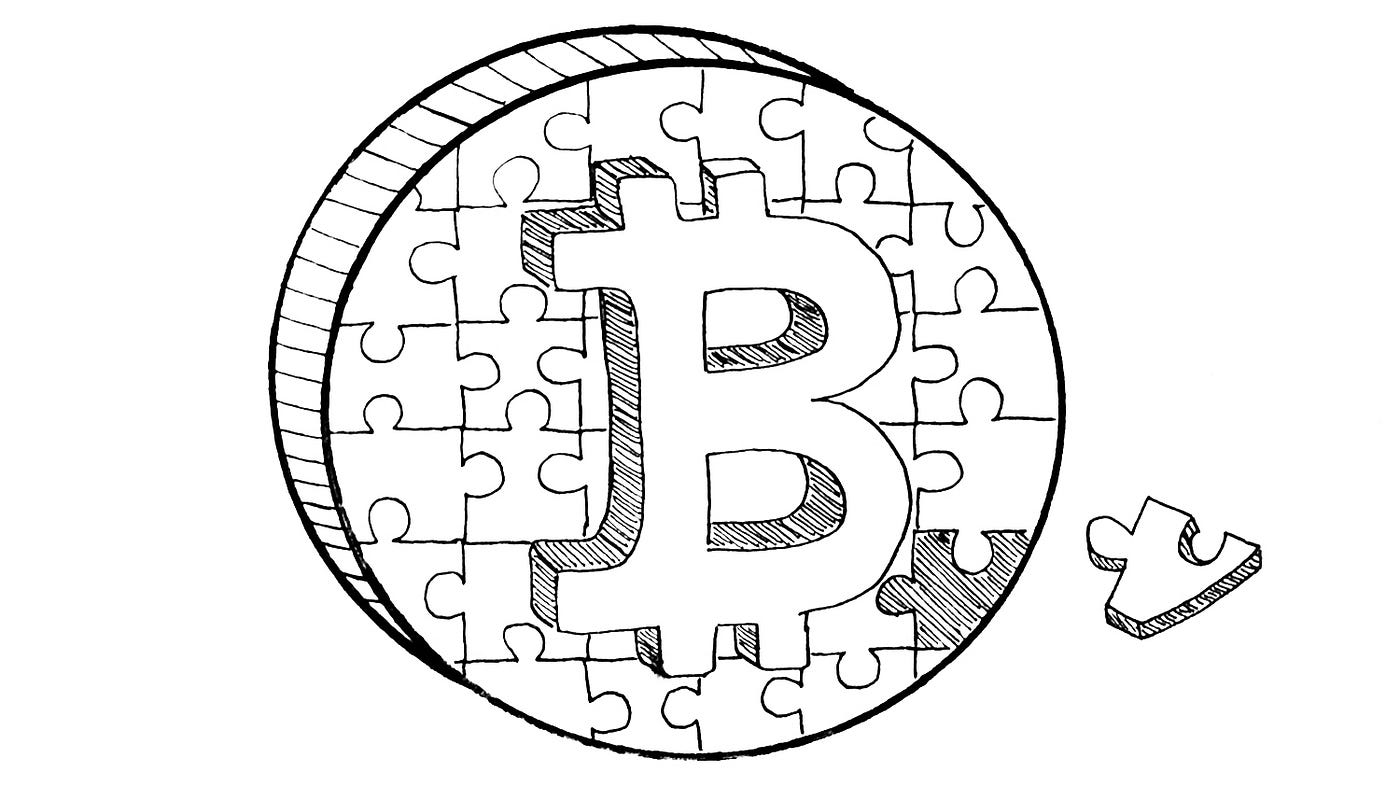Stablecoin primer intro
https://medium.com/coinmonks/stablecoin-primer-intro-54689d6fcdba
Rower and slow cooker
Osman Sarman, Mar 2022
This article is part of the Stablecoin Primer series.
Thinking about money by diedamla

This year, when I went back home to Istanbul for the winter break, I was greeted by boxes of new stuff at my family house. I thought to myself, my years of begging for a New Year present is finally over. (Christmas is not a thing in Istanbul). A few minutes later, I found my dad hastily unpacking the same boxes, which contained a bunch of fitness and cooking equipment — and definitely not the headphones I was wishing for. So I immediately proceeded to ask him what he was up to. He looked at me with a half-smiling face and said: “You must have missed that Lira is 16, it’s not worth keeping my money in cash.”
Having freshly arrived from the US, what he said didn’t immediately make sense. After all, I was expecting him to make a comment about working out or cooking. It took me a full day of acclimatization and catching up with other family members and friends, and local business owners to grasp what he really meant. So let me try to clarify what my dad intended to say:
“Over the past month, Turkish Lira lost close to 42% of its value against the US Dollar, making the USDTRY exchange rate ~16. If I were to keep my hard earned money in my bank account in Liras, it would be like setting it on fire, throwing it into the ocean, or giving it out for free on the street. Instead, I have decided to buy a rowing machine and a slow cooker because I believe that these will have more use to me in the short term and more value to me in the future when I resell them, compared to the Lira.”
My dad is a reasonable person. He is not a finance guru or an econ wizard per se, but as a Board Certified clinical pathologist operating his own practice, he makes decisions that extend lives on a daily basis and puts his skin in the game (economy) as a business owner. So his reaction to my question made me think, a lot.
What does a slow cooker have to do with stablecoins? And pathology? Why is all of this relevant? Because this anecdote made me think about how abstract, macro-level monetary policies impact our lives so tangibly at the micro level. More specifically, while giving birth to this Primer, this anecdote made me question a few things:
What do we instinctively use money for?
Why does fiat money as we know it, especially in certain parts of the world like Turkey, does not meet all these expected uses?
Why haven’t we already replaced fiat money with bitcoin, the promised peer-to-peer electronic cash?
If fiat and bitcoin do not meet all our money needs, could stablecoins be the last piece in the money puzzle?
Last piece in the money puzzle by diedamla

This Primer is ultimately a deep dive into stablecoins, with #4 above being the broader focus. However, to have a foundational understanding of the value propositions of stablecoins (whose supply grew 5x year-over-year to reach $181 billion), we first need to look at the problems they address. At the end of the day, like all tools and solutions, stablecoins were invented to address a specific need or problem we have. And if we are viewing stablecoins as an upgrade to the current forms of money, we are required to have an understanding of the issues regarding the latter. Along those lines, Section 1 of the Primer focuses on fiat money’s inflation, bitcoin’s volatility, and an intro into stablecoins’ prowess.
We then talk about the overall stablecoin landscape in Section 2. Here, we provide real life examples from around the world that highlight stablecoins’ strong product-market fit. Exploring further, we discuss the various ways people are using stablecoins. Building on the stablecoin lanscape discussion, in Section 3 we highlight the three broad types of stablecoins that exist and the different parameters each stablecoin type is optimized for.
In Section 4, we deep dive into a select set of stablecoin projects to shed light on how different stablecoins achieve stability and the trade-offs they make. Finally, we end the Primer in Section 5 by discussing the circumstances that need to be true for stablecoins to reach mass adoption. Per formality, here we also discuss risks associated with stablecoins.
Last updated